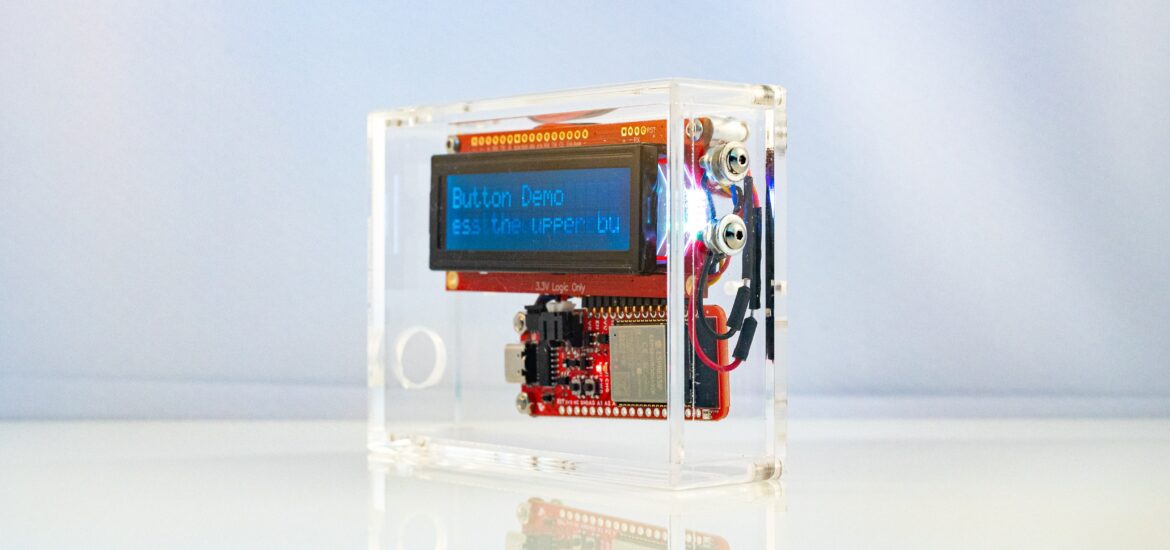Probably the easiest way to develop software for pyBox and iterate reasonably fast, is using the PyCharm IDE with the MicroPython plugin enabled. Create a new project, enable MircoPython and create three files: boot.py, main.py, and app.py. Remember, during the boot process, once the filesystem is mounted, boot.py is executed. Don’t do too crazy things […]
Embedded
Porting MicroPython to pyBox
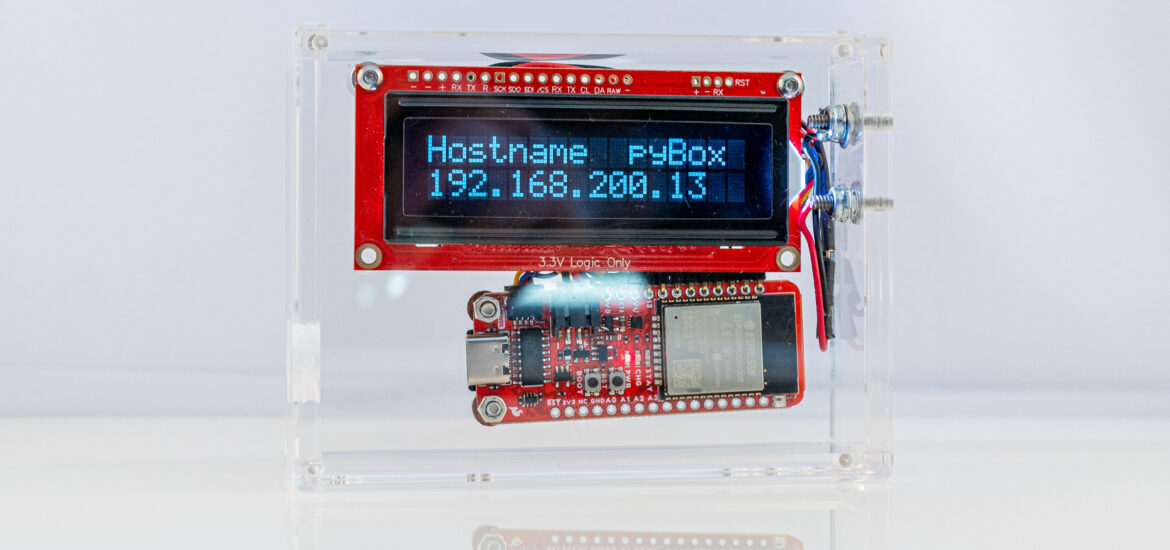
The standard ESP32 MicroPython port gets built for a generic ESP32 board. Compared to a generic board, pyBox has more to offer, most of which is not supported out of the box. Some of these additional features like the blue LED (GPIO 13), are easily accessible. Others, like the display need support libraries that would […]
pyBox Specification

Smallest viable MicroPython Computer? Dallas Semiconductor, acquired by Maxim Integrated in 2002, was a company that designed and manufactured analog, digital, and mixed-signal semiconductors. They had also designed the TINI board, a 68-pin SIMM, approximately 103 mm wide, 32mm tall, and 10 mm thick. Uniquely, the TINI board ran Java programs, well Java byte-code, almost natively. […]
Introducing pyBox

Could there be a computer that is as nimble as it is useful, and still be fun and distinctly easy to program? pyBox, a small single-board computer, connected to a frugal 16×2 character display may be just that. pyBox is remarkably small, just about the size of a deck of cards, and also entirely transparent, […]
Micro Python on ESP8266 (HUZZAH ESP8266)
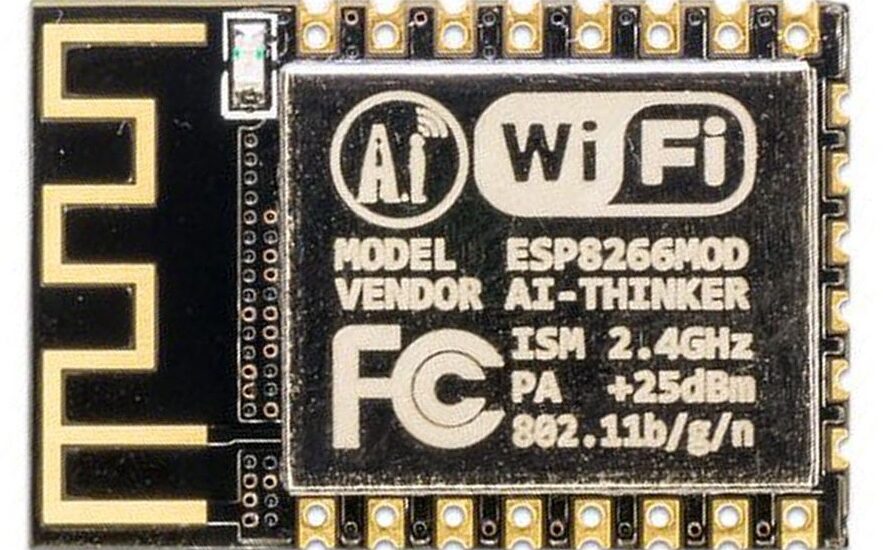
The ESP8266 is a low cost 80 MHz microcontroller with a full WiFi support. It can be found on several breakout boards, with Adafruit’s HUZZAH ESP8266 being one of the better ones. For about $10 you can own a small internet connected microcontroller that can be programmed in MicroPython. ESP8266 64 KB of instruction RAM […]
Raspberry Pi Zero W w/ Python 3
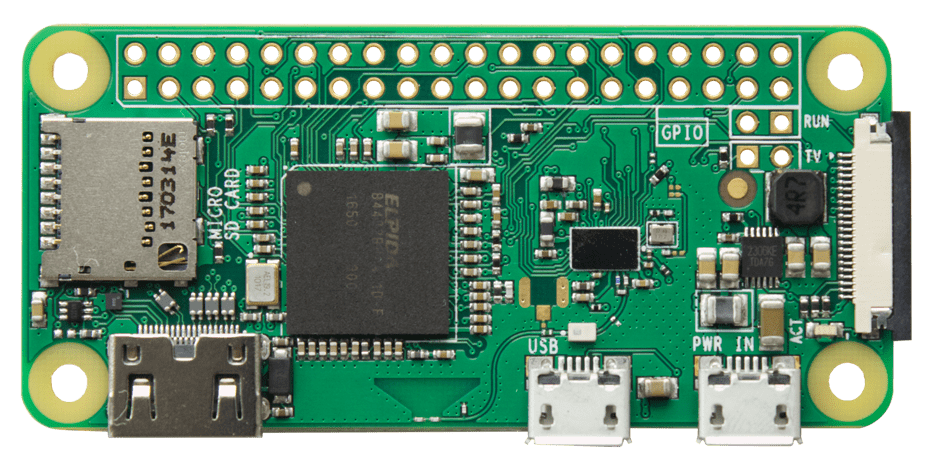
1GHz, single-core CPU 512MB RAM 802.11 b/g/n wireless LAN Bluetooth 4.1 Bluetooth Low Energy (BLE) Case The Raspberry Pi Zero W V1.1 by far not the most powerful, but my favorite Raspberry Pi board, because it’s so very most and still capable enough. After putting the tiny board, weighing only 9.3g / 0.3oz into a nice […]
Micro Python on ESP32 (HUZZAH32)
Adafruit’s HUZZAH32 Feather board is built with the official WROOM32 module: Two CPU cores that can be individually controlled, and the CPU clock frequency is adjustable from 80 MHz to 240 MHz 448 kB of ROM for booting and core functions. 520 kB of on-chip SRAM for data and instructions. 8 kB of SRAM in RTC, […]
Emotion Lamp
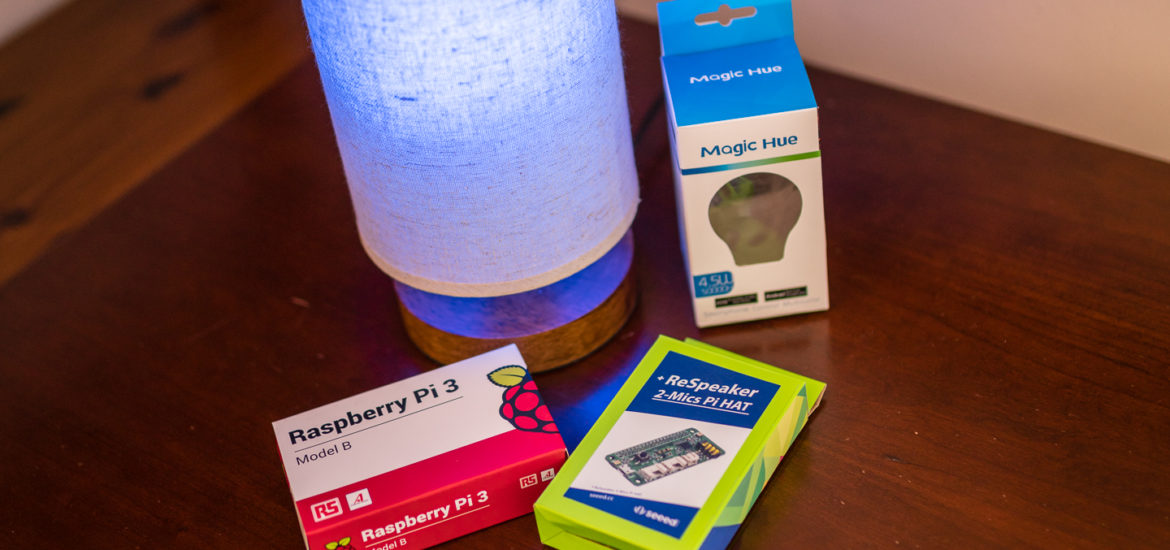
The idea behind the Vocal-Emotion Lamp is rather simple: to use a small affordable computer that can continually recognize emotion from the human voice and then visualize the result of the analysis, effortlessly and enjoyably. The implementation of this idea uses the small and inexpensive Raspberry Pi computer, extended with a far-field microphone expansion board. The software that performs […]
Raspberry Pi – Translator
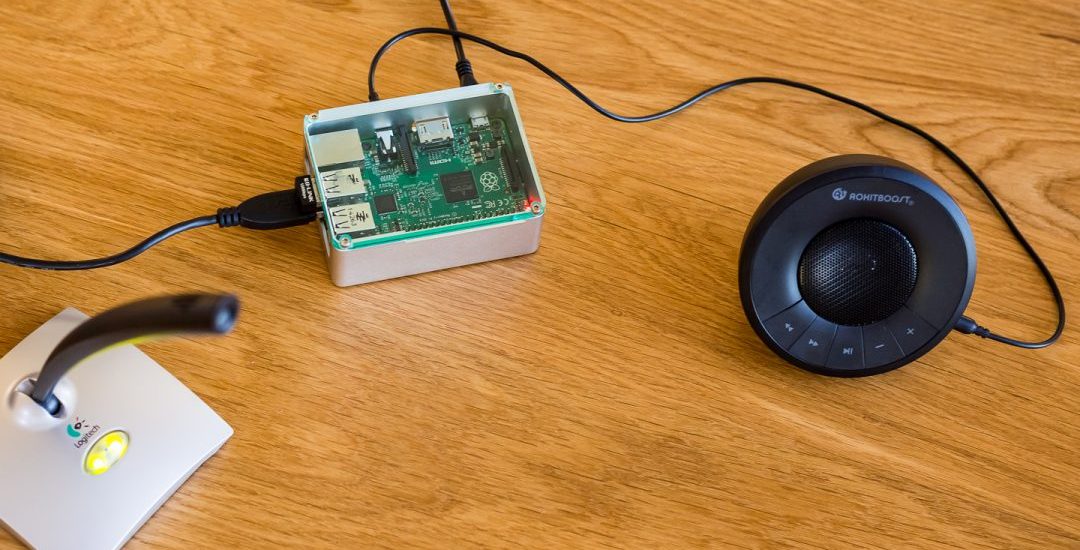
Recently, I described how to perform speech recognition on a Raspberry Pi, using the on device sphinxbase / pocketsphinx open source speech recognition toolkit. This approach works reasonably well, but with high accuracy, only for a relatively small dictionary of words. Like the article showed, pocketsphinx works great on a Raspberry Pi to do keyword […]
Raspberry Pi 2 – Speech Recognition on device
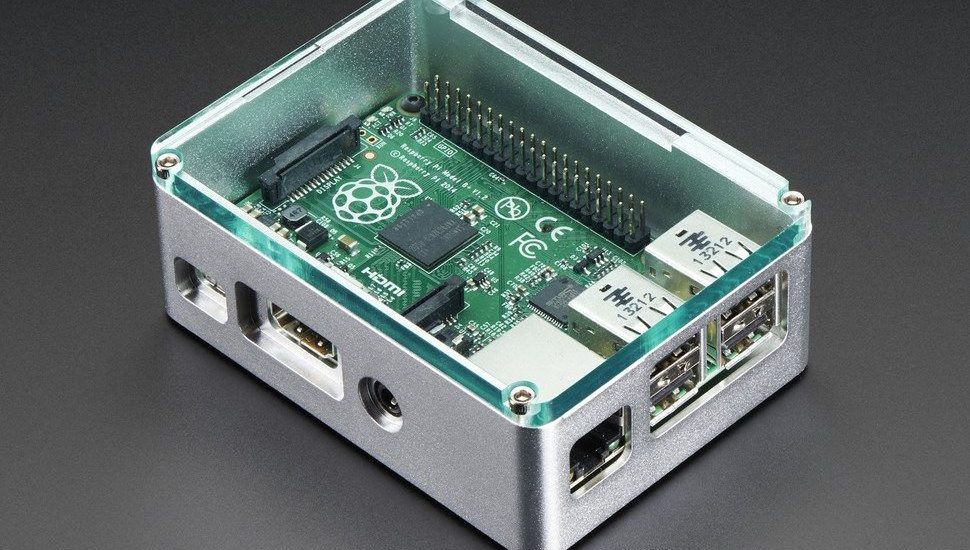
This is a lengthy post and very dry, but it provides detailed instructions for how to build and install SphinxBase and PocketSphinx and how to generate a pronunciation dictionary and a language model, all so that speech recognition can be run directly on the Raspberry Pi, without network access. Don’t expect it to be as […]
Extended list of 8-bit AVR Micro-Controllers, easily programmable with the Arduino IDE
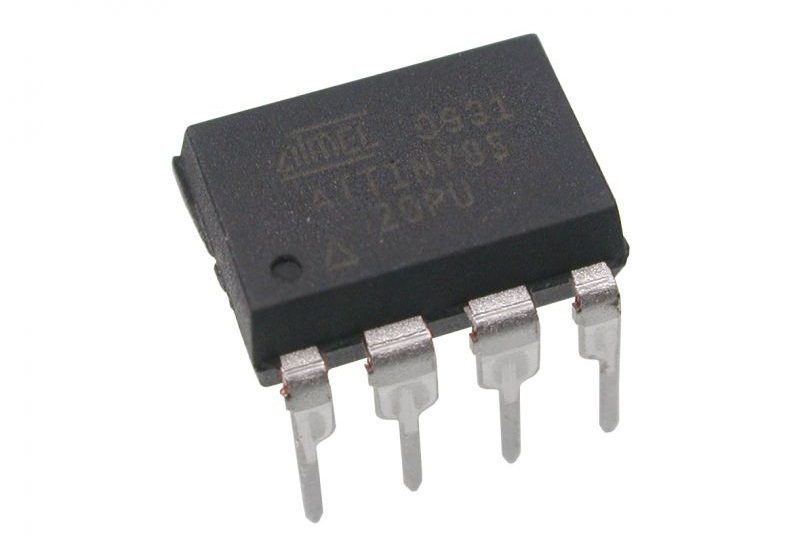
A couple days back, I wrote about ‘The $3 Arduino‘, how to leave the Arduino board behind and program an ATmega168 Micro-Controller directly, still using the Arduino IDE but with the AVRMSPII programmer. Of course, the ATmega168 isn’t the only MC available for something like that. In fact, I have quite a few 8-bit AVR […]
The $3 Arduino
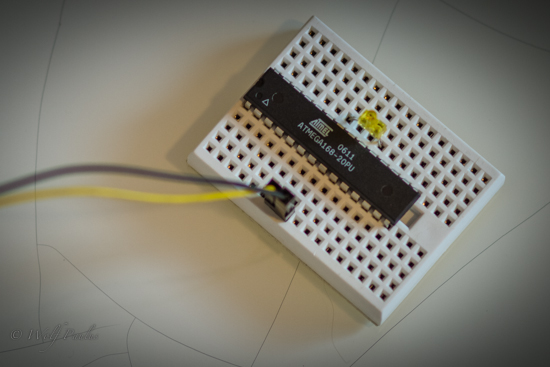
Buying and using an official Arduino Board like the standard Arduino Uno is the perfect way to get started with the Arduino language, common electronic components, or your own embedded prototyping project. However, once you have mastered the initial challenges and have built some projects, the Arduino Board can get in the way. For instance, […]
Streaming Your Webcam w/ Raspberry Pi
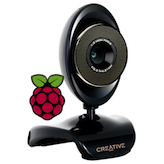
[Last updated on Feb. 2. 2013 for (2012-12-16-wheezy-raspbian) Kernel Version 3.2.27+] Three years ago, we bought two small Webcams and since we wanted to use them on Linux and OS X, we went with the UVC and Mac compatible Creative LIVE! CAM Video IM Ultra. This Webcam (Model VF0415) has a high-resolution sensor that lets […]
Accessing Raspberry Pi via Serial
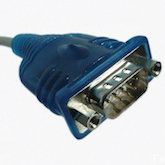
Using a serial connection to connect to a Raspbery Pi has many advantages. The boot process (Kernel boot messages go to the UART at 115,200 bit/s) can be monitored, without the need to hookup an HDMI-Monitor. Once booted, you can of course login through a serial terminal as well, i.e. the serial connection allows logging-in […]
Tiny WiFi Adapter for Raspberry Pi
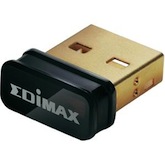
[Updated on Feb. 2. 2013 for (2012-12-16-wheezy-raspbian) Kernel Version 3.2.27+] The extremely small EW-7811Un USB wireless adapter looks like the perfect WiFi adapter for the Raspberry Pi. Not only is it tiny and relatively inexpensive, it also seems capable enough to be a great companion device for the Raspi. While elinux still shows that some users […]
Raspberry Pi – Where to start?

At its core, the Raspberry Pi uses the Broadcom BCM2835 System-on-a-chip. This single chip contains an ARM1176 CPU (normally clocked at 700MHz) a VideoCore 4 GPU, i.e. a low-power mobile multimedia processor (also used in the Roku-2) 256 MByte SDRAM in addition to the ARM’s MMU, a second coarse-grained Memory Management Unit for mapping ARM physical addresses […]
Arduino Pt.4
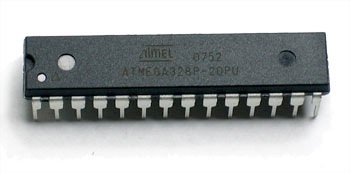
Doubling the Arduino Flash Memory once again Times really flys when you’re having fun – it has been more two years since I posted this journal entry about how to double the Arduino board’s Flash memory by replacing the ATmega8 with an ATmega168 microcontroller. Lots has changed since then, e.g. the Arduino project now includes several board designs […]
Arduino Pt.3
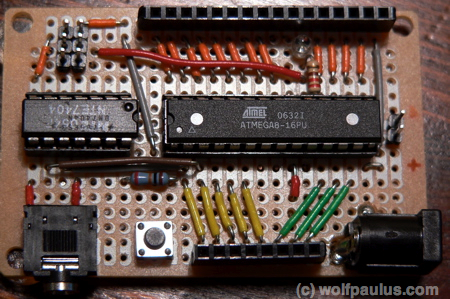
ATmega 8 / 168 internal clock and fuse settings Considering the already low price of the Arduino board, building an Arduino-like board yourself probably doesn’t save you any money but is certainly a fun and education project to do. I tried to make the simple board even simpler, by using a Serial instead of an USB […]
Arduino Pt.2
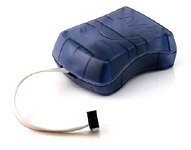
I have been playing with Arduino for one week now and really enjoyed the simplicity with which Wiring allows access to I/O ports. The comprehensible but mandatory structure of a program works really well as long as things are kept simple, while somewhat more advanced programs could certainly benefit from access to interrupts. However, before making things […]
Arduino Pt.1
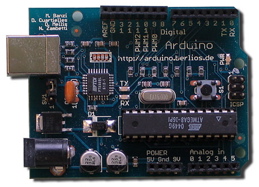
Taking advantage of strong disagreements inside Germany, the Italian feudatories rebelled and, in 1002, elected Arduino, Marquess of Ivrea, king of Italy. He distinguished himself particularly because of his fights against the Bishop of Ivrea. Today, Arduino distinguishes itself in price, capability, openness, and ease of use – but first things first. Arduino is an open-source computing […]
